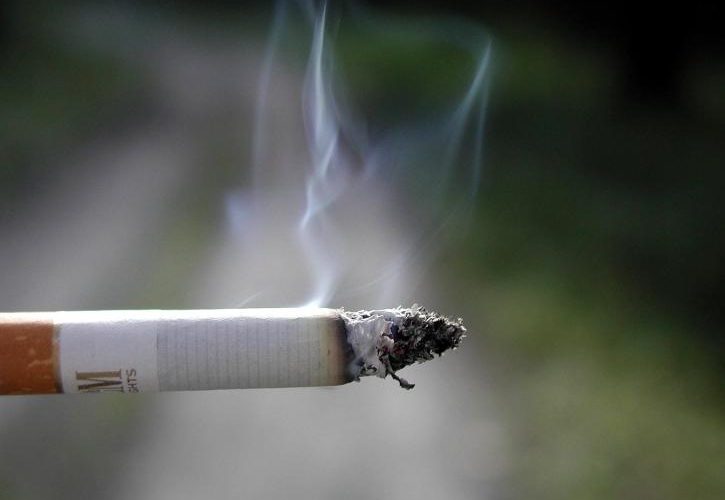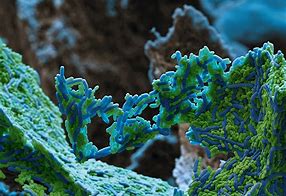After Quitting Smoking Within…
20 minute
Your blood pressure, pulse, rate and the temperature of your hands and feet have returned to normal.
8 hours
Remaining nicotine in your bloodstream has fallen to 6.25% of normal peak daily levels, a 93.75% reduction.
12 hours
Your blood oxygen level has increased to normal, carbon monoxide levels have dropped to normal.
24 hours
Anxieties have peaked in intensity and within two weeks should return to near pre-cessation levels. The risk of heart attack begins to decrease, and oxygen levels have risen making physical activity and exercise easier. Lungs are starting to get rid of mucus and smoking debris.
48 hours
Damaged nerve endings have started to heal, and your sense of smell and taste are beginning to return to normal. Cessation anger and irritability will have peaked.
72 hours
Your entire body will test 100% nicotine-free which can cause nicotine withdrawal. Breathing is becoming easier and your lungs’ functional abilities are starting to increase. You may experience moodiness and irritability, severe headaches and cravings as the body adjusts.
5-8 days
The “average” ex-smoker will encounter an average of three 3-minute triggered crave episodes per day. You may be coughing more, it’s the lungs getting all the gunk out. One week is a milestone for quitting and increases your success rate by nine times.
10 days
The “average” ex-smoker is down to encountering less than two crave episodes per day, each less than three minutes.
10 days to 2 weeks
Your addiction is no longer doing the talking. Blood circulation in your gums and teeth are now like that of a non-smoker.
2-4 weeks
Cessation related anger, anxiety, difficulty concentrating, impatience, insomnia, restlessness, and depression have ended.
4 weeks to 3 months
Your heart attack risk has started to drop, and lung and circulation function is beginning to improve. Insulin resistance has normalized despite average weight gain of almost three pounds.
3 months
Your circulation has substantially improved, walking has become easier and the chronic cough will have decreased or disappeared. A woman’s fertility increases as well as reduced risks of a premature baby.
9 months
Lungs have significantly healed themselves. Cilia—the hair like structures—have recovered and are able to help push mucus out of the lungs and help fight infections, improving the frequency of lung infections.
1 year
Your excess risk of coronary heart disease, heart attack and stroke has dropped to less than half that of a smoker. Improvement in gum health.
5 years
Your arteries and blood vessels begin to widen, reducing the chance of blood clots which lowers your risk of a stroke. Female’s risk of developing diabetes is now that of a non-smoker. Your risk of stroke has declined to that of a non-smoker. Risk of death from lung cancer has declined by almost half. The “average” smoker who lives to age 75 has 5.8 fewer teeth than a non-smoker.
10 years
Your chances of developing lung cancer are cut in half compared to someone who continues to smoke. The odds of developing mouth, throat, cervical, kidney or pancreatic cancer has significantly reduced.
13 years
Your risk of smoking-induced tooth loss declined to that of a never-smoker.
15 years
Your risk of coronary heart disease is now that of a person who has never smoked. Your risk of pancreatic cancer has declined to that of a never-smoker.
20 years
Female excess risk of death from all smoking related causes, including lung disease and cancer, has now reduced to that of a never-smoker. Risk of pancreatic cancer has declined to that of a never-smoker.





